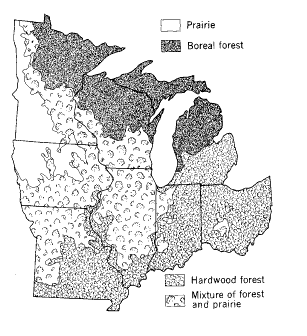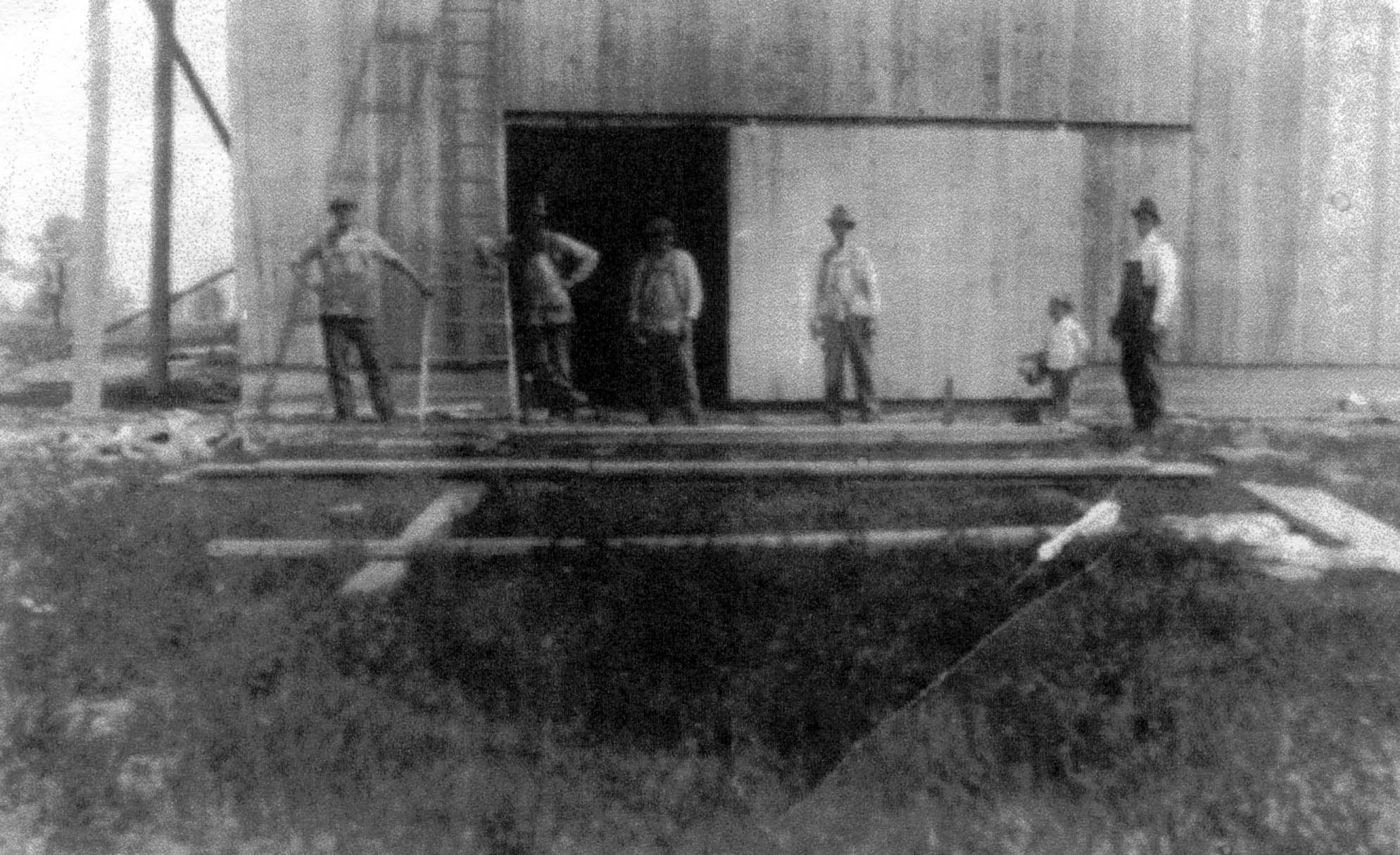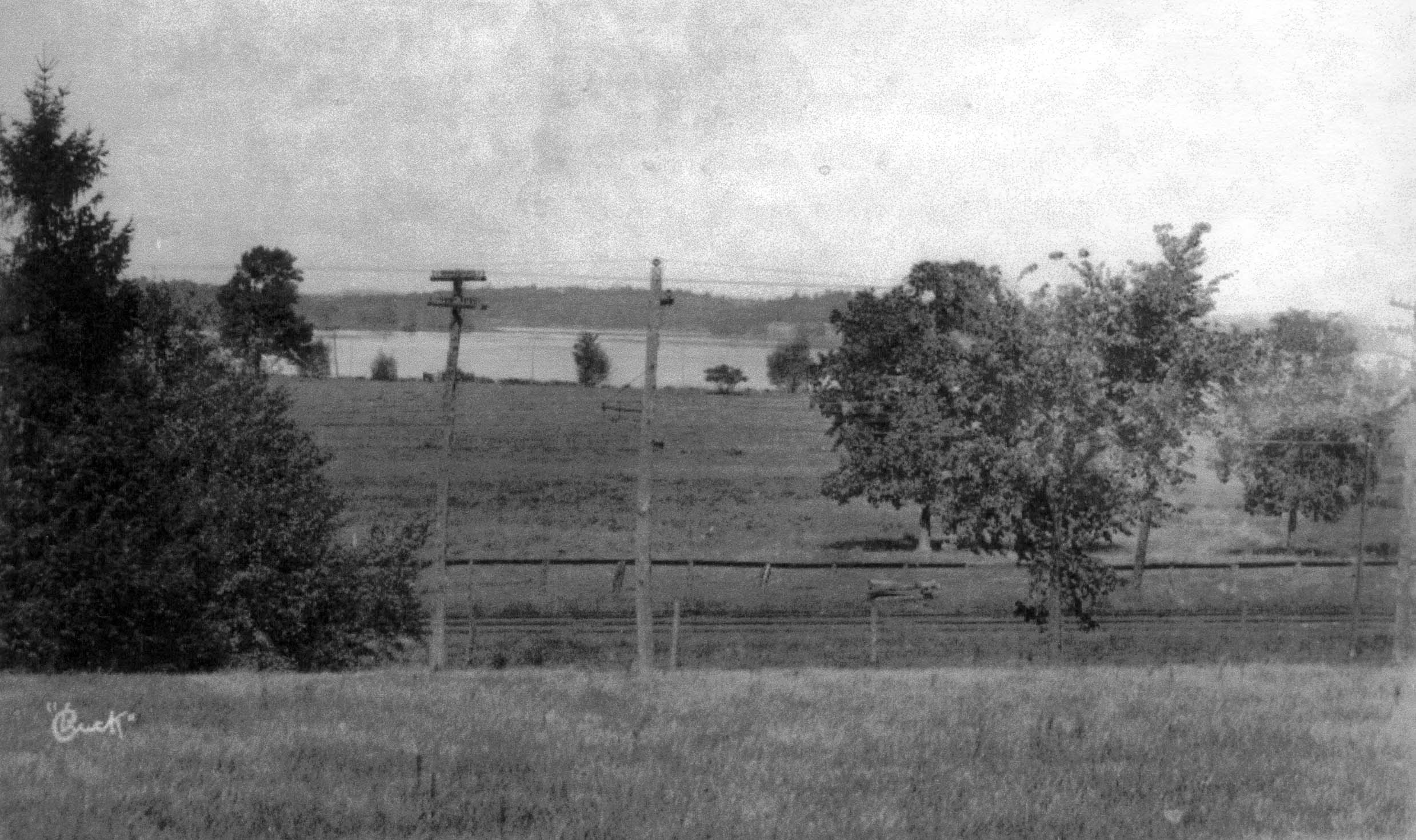
The Middle West of the United State consists of primarily flat land, sandy soil, lakes, and ponds. The first settlers in the Midwest were Native American hunters and French fur traders. Carl Sandburg’s beloved city of Chicago, and the state of Iowa were both named for tribes of Indians; St. Louis named for the King of France (from 1226-1270). It was the French who named the natural grasslands they found, “prairies.” These prairies were located mostly in the western area of the Midwest, the states of Minnesota, Iowa, Missouri, Wisconsin, and Illinois. The eastern side of the Midwest was covered in hardwood forests consisting of oak, hickory, beech, and maple trees. The French fur traders preferred the Boreal forests in the Northern part of the Midwest. They also utilized the Great Lakes waterway system for trading purposes. It was the Great Lakes along with the valleys and ports that made the Midwest a lucrative place for settlement.

In 1863 the Homestead Act was passed. However, Minnesota was the only state that had any good farmland for homesteading purposes. Most immigrants came from northern and western Europe, from places like Germany, Scandinavia, and the British Isles. Land was quickly filled with farms leaving surprisingly little room for new immigrants from southern and eastern European nations; subsequently cities like Detroit, Chicago, and Cleveland began to grow.
The farmers in the Midwest came to the frontier “to secure the blessings of the good life for themselves and for their posterity” (Hart, 265). Early farmers made a living off of the production of wheat. Soon, farmers in Wisconsin and Minnesota turned to raising dairy cows as an alternative to growing wheat, which was hard on the land. Farmers in the Ohio Valley began growing corn as a fattener for cattle and hogs. Farmers in the Middle West practiced a three-year crop rotation. This is a practice that continues on my family’s farmland today; crops rotate between corn, soybeans, and wheat.
Pioneer farm families who settled in the state of Michigan needed to provide some form of protection from the harsh winters for themselves, their animals, and their harvested crops. Many families lived in tiny cabin homes with dirt floors, yet built huge barns to ensure their livelihood and survival (Hartman, 18-19). These barns, as illustrated in the picture below, were raised through the combined effort of a family and their community.

When pioneer families moved to Michigan, they often built log cabins for their first homes. This was the simplest and quickest kind of house to construct in order to provide nearly immediate shelter for family members and animals. Log cabins can still be found in many parts of the Upper Peninsula and also in the Northern area of the Lower Peninsula; here the log cabins blend nicely with their woodland surroundings (Hartman 24).
The 20th century author, Sinclair Lewis, voiced his opinions about the Midwest and Midwesterners through his characters. In his novel, Main Street, Carol shares her feelings about the Midwest:
